To kick start myself on a rainy and miserable day I need an easy victory by 11am. This usually comes in the form of a battery replacement and water pressure testing, or anything 'quartz'. Battery operated watches are often straight forward, easy money, and productivity boosters.
Fixing the winding issue on an Omega Seamaster Professional Quartz is one of those jobs.
It took less than 5 minutes to dismantle (almost) the entire mechanism. The culprit: minuscule intermediate wheel for quick date setting.
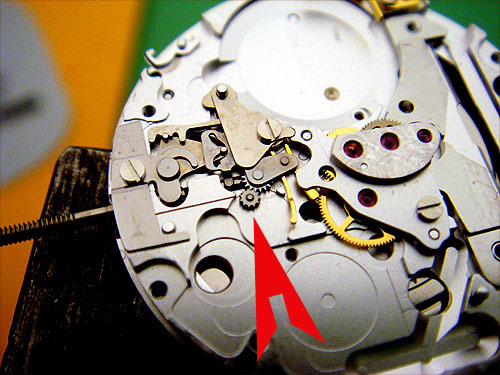
The friction-fitted wheel itself is just under 1mm in diameter, but it developed a huge crack which in return made it slip on the arbour.
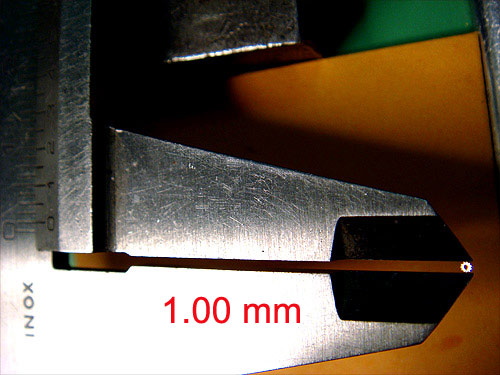
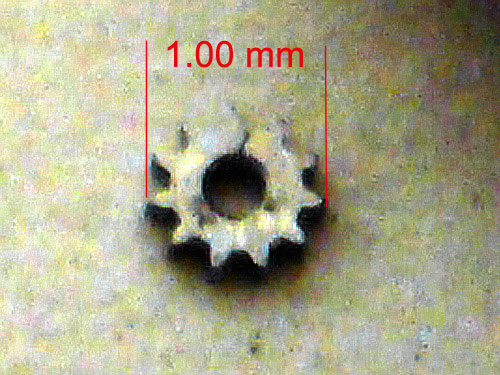
The cause: excessive force applied to winder. And here is your 'daily dose of horology' : when operating the winding crown (winder, stem) don't apply an excessive amount of torque. Especially so if you 'feel' that something is not quite as smooth as it used to be 10 years ago.
A 100 kg man with 70cm long arm can produce significant amount of the torque on a winding crown.
Can a 1mm diameter, 11 tooth wheel withstand such aggression? Well to it's credit, for most of the times, yes, but if you horse around with it, it will give up.
On another note: the Seamaster on the workbench gave me an opportunity to try something I always wanted, but never had time to do: to find out if the sweep seconds hand can be aligned to absolute zero with seconds track markers. (Watchmakers: I can hear you laughing, but keep quiet please!)
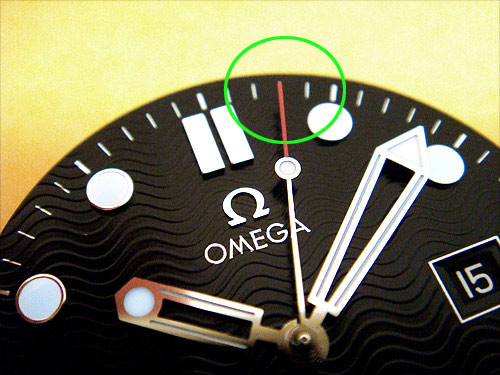
Now, while such alignment on a mechanical chronometer is an absolute MUST for all hands, this is a bit of a luxury when dealing with less expensive, battery operated watches.
There are at least a couple of problems with this super precise alignment. Beside the obvious: customers, watchmakers and even some watch manufacturers simply don't care. And even when they do, the overall tolerance of all moving parts (especially the wheels in the going train) are fairly 'forgiving'. The same applies to the miniature magnetic rotor. Gravity is another factor. Finally, the seconds hand itself is slightly tapered and once placed on the arbour, it may (or may not) align to the very same position.
As I said, not a big deal for everyone - except for a few extremely pedantic watch owners who every now and then would call to complain about misalignment, even on their brand new watch. Yes, if you look at things under x20 magnification, the world will look strikingly different and yes, you may get disappointed whit your discoveries.
To cut the story short, after six or seven attempts, I finally got it right :-) the second hands were now absolutely spot on, each and every tick.
So here you go my dear subscribers - feel free to use this image to annoy your fellow watch forum friends when they complain about the "seconds hand misalignment" issue. Finally, if you wonder why the MINUTE hand is not aligned with the track: this adjustment is done via a stem in the time setting position, externally, so don't let this photo deceive you :-) We are not quite done with this Seamaster!
Finally, a mystery which still needs to be solved:
Who makes dials for Omega watches? Who is the RW ?
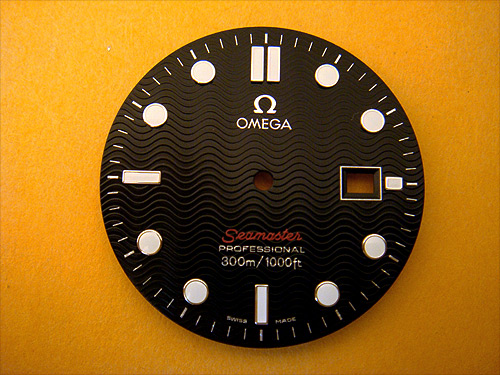
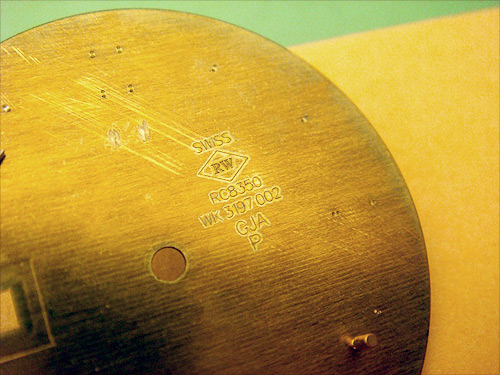
No comments:
Post a Comment